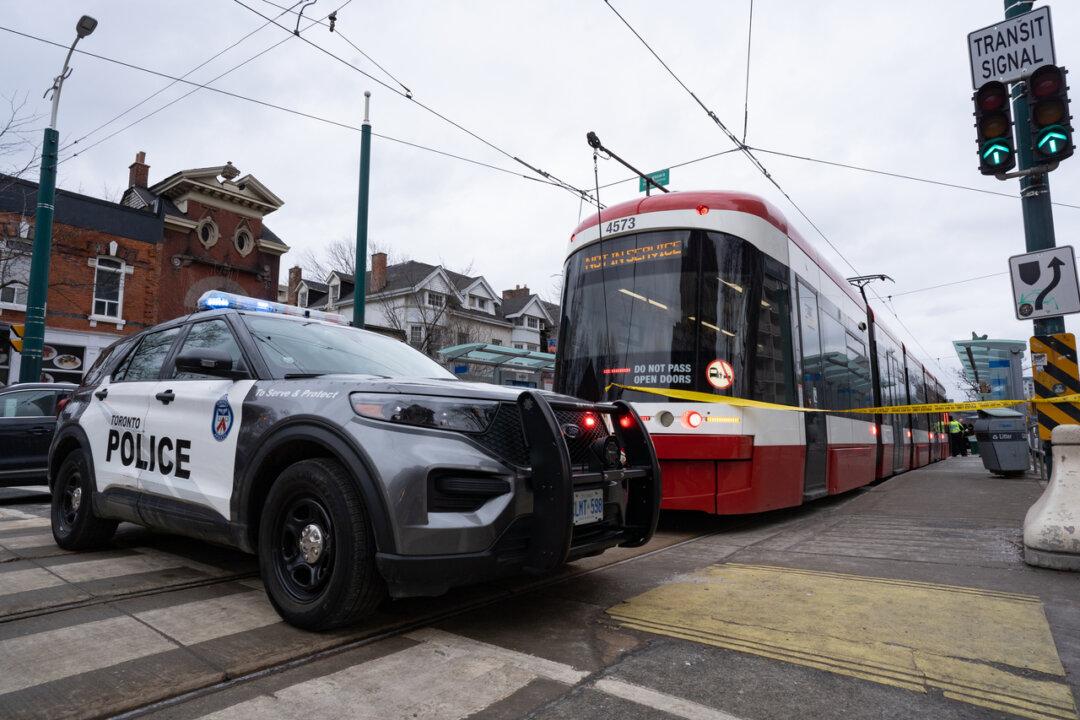The Toronto Transit Commission (TTC) in Canada has seen an almost nonstop rash of violent incidents since the beginning of December, bringing attention to the long-standing problem of violence on transit systems nationwide.
Toronto Mayor John Tory has called for a national mental health summit to address the problem, and others have echoed that call.





